Way back, when I was four or five years old, my mother was scouring our local library’s annual book sale to find me some bedtime reading material.
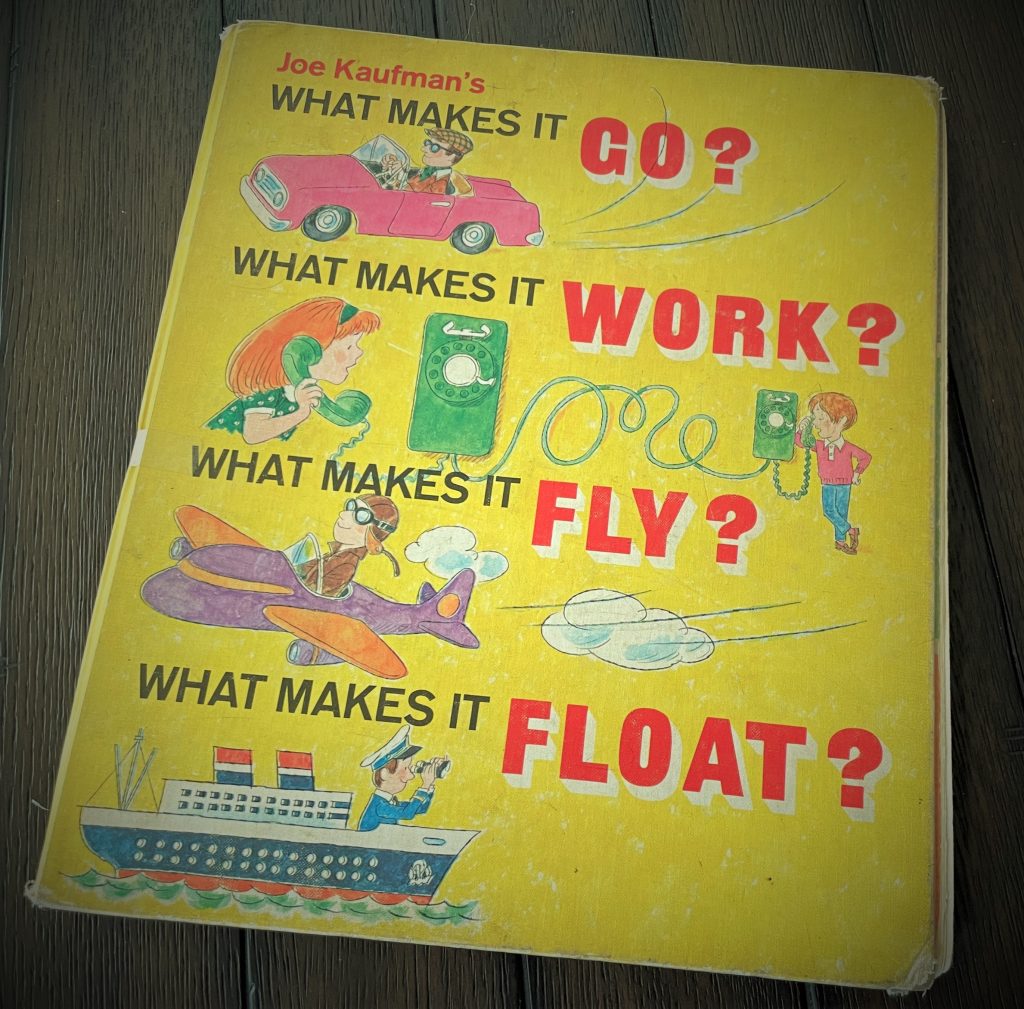
Among the titles she pulled out of the discard bin was a tattered old book called “What Makes It Go, What Makes It Work, What Makes It Fly, What Makes It Float?” by author and illustrator Joe Kaufman. Originally printed in 1971, it was part of a series of educational books written by Kaufman, geared towards children aged from about five to 10 years old.
The book is packed with large, vibrant pictures done by Kaufman himself, each one accompanied by a thorough description of an electric or mechanical device, be it a record player, cruise ship, or washing machine.

For a young lad already obsessed with cars, trains, and motorcycles, it was love at first sight. I pored over my copy daily, being particularly enamored with the large, full-spread cutaway illustrations. (And with almost 100 oversize pages, the book didn’t skimp on the details either.)
But the best aspect of this book—and the reason it’s relevant on an automotive blog here—is how well it actually explained how things really did work.
So practically through osmosis I was learning what a carburetor does, how gear reduction helps a car move, and how a steering rack turns the wheels.
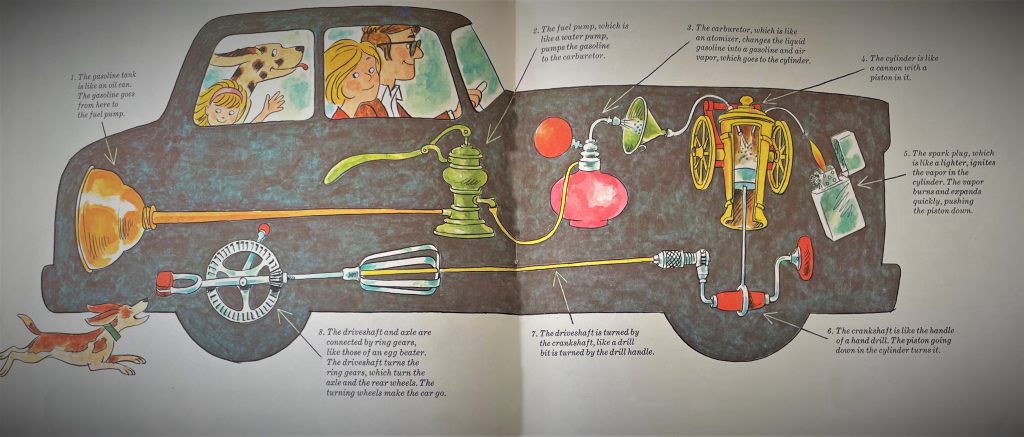
I may have not realized it then, but my brain was processing advanced engineering concepts simply due to the straightforward, intuitive way in which they were presented. And though we’re focusing on the automotive facets here, the book covered a gamut of topics, from radio waves to rocket ships, musical instruments to air conditioners—undoubtedly attracting the attention of would-be electricians, aerospace engineers, and musicians too.
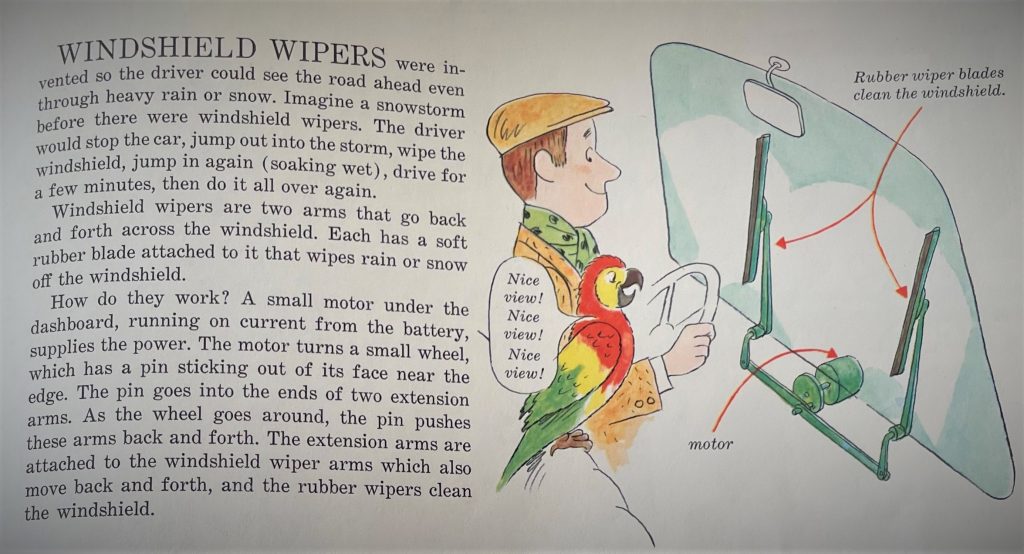
Fast forward a few years, once I began wrenching with my dad in the garage, the parts we were fixing all seemed familiar. Pretty soon after that, I had embarked on the gearhead hobby for myself, messing with vintage motorcycles and replacing whatever parts fell off my old station wagon during the previous week—subconsciously drawing upon knowledge originally gleaned from this book.
Even nowadays, as an automotive writer, I see myself trying to mimic Kaufman’s knack for explaining things in such a clear, easy-to-follow way (with limited success, of course).
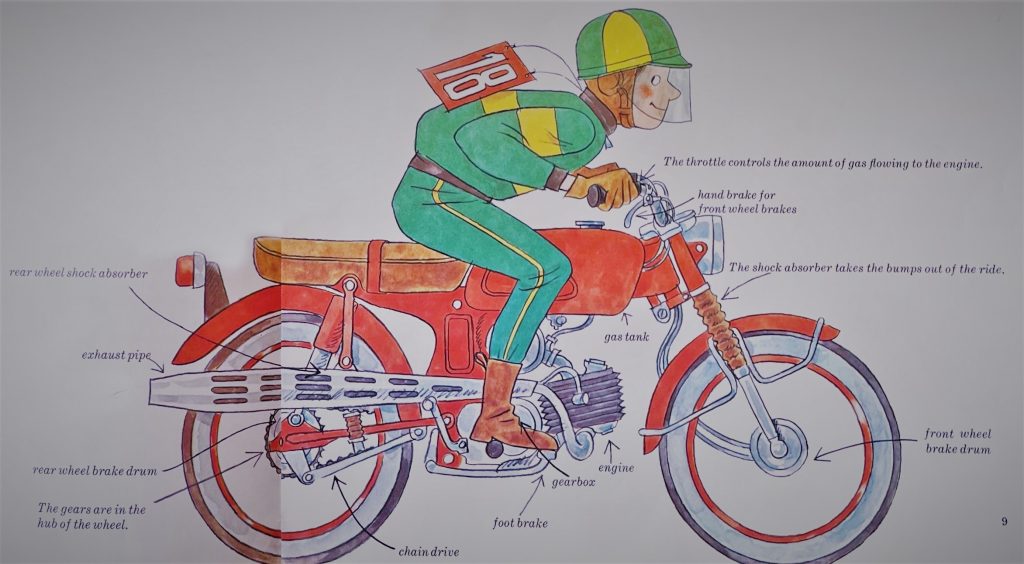
So if there’s a point to all this, don’t underestimate the power of a good book. Even as adults, a solid piece of automotive reference literature can be a powerful asset in a garage or workshop.
…
…
…
…And for those of us with young kids at home, don’t be afraid to dig through the discard bin at your local library either.
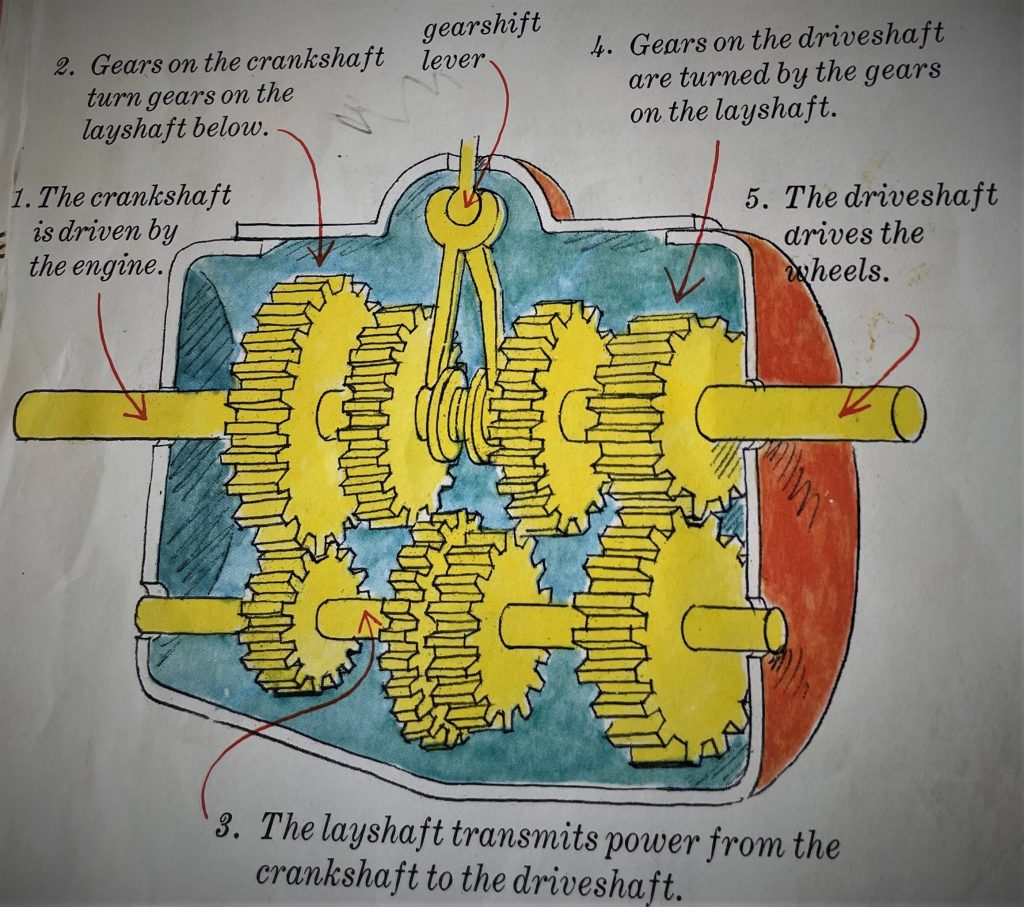

Comments